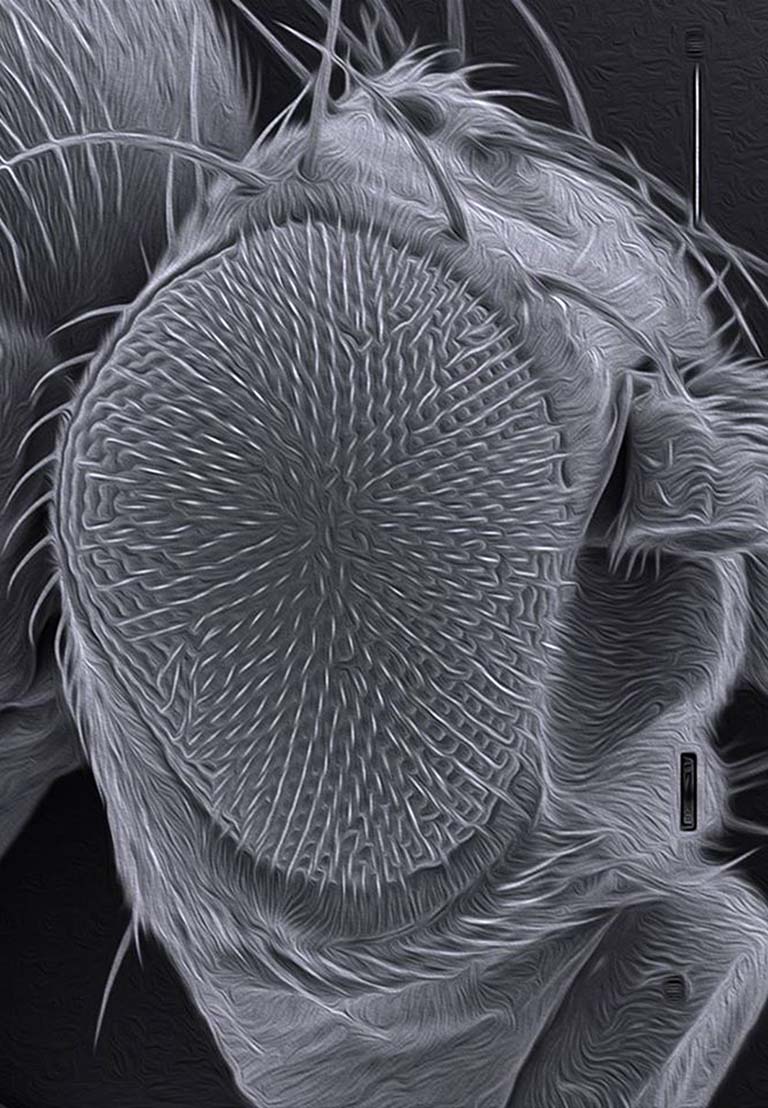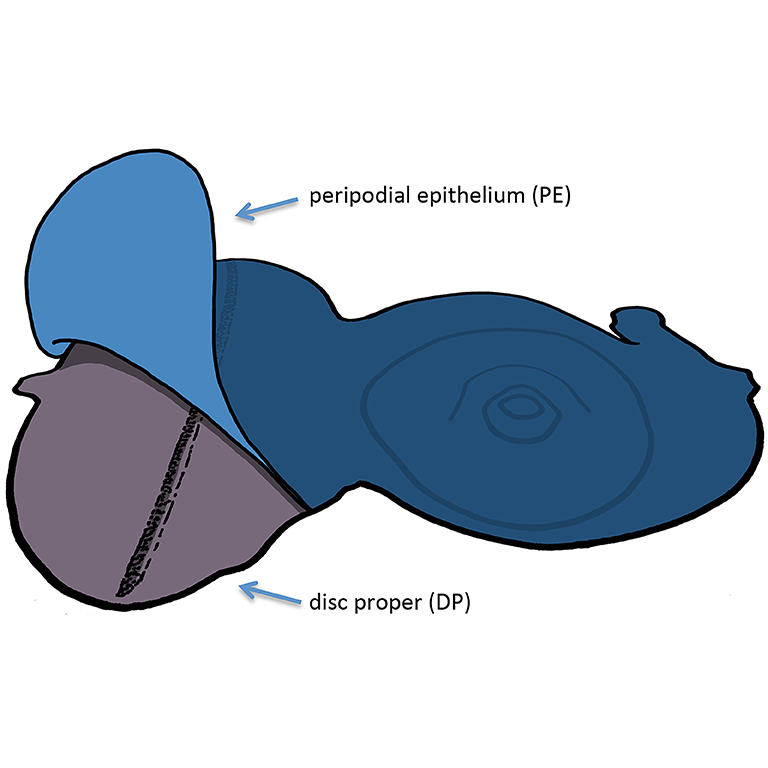Justin P. Kumar, a professor in the Indiana University College of Arts and Sciences' Department of Biology, and his team of research associates and graduate students have been awarded $1.5 million from the National Eye Institute to investigate the role that inductive signals play in specifying the fate of the compound eye of the fruit fly, Drosophila melanogaster.
“A fundamental feature of early animal development is that molecular signals emanating from one tissue can induce fate specification and morphogenesis in a neighboring tissue,” said Professor Kumar. “This was first shown in Hydra by Ethel Browne (1909) and then later in newts by Hilde Mangold and Hans Spemann (1924). Since these seminal experiments a century ago, inductive signaling has come to be understood as a basic feature of all developing tissues and cell types.”
Professor Kumar and his team of investigators are interested in understanding how inductive signaling controls eye development.
The mammalian retina receives essential instructions from two adjacent tissues—the lens and retinal pigment epithelium (RPE). Disrupting communication between these three tissues leads to disastrous consequences for the specification and patterning of the retina in both mouse knockout models and human patients. For example, mutations in the human Pax6 gene result in several congenital disorders including Aniridia, Peter’s Anomaly, and bilateral microphthalmia. In order to understand these disorders, several researchers in Professor Kumar’s lab are focused on identifying the transcriptional networks and signaling pathways that function to induce development of the retina.




 The College of Arts
The College of Arts